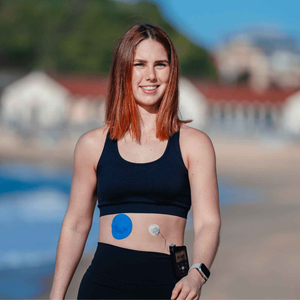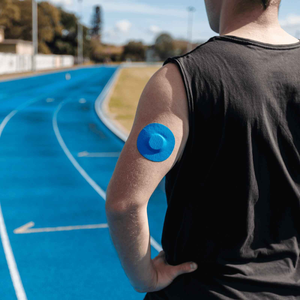Over the past decade, there have been mounting concerns regarding Type 2 diabetes resulting from obesity and unhealthy lifestyle choices. However, Type 1 diabetes, which is far less common, potentially life threatening, and can arise for no apparent reason - is often overshadowed. Most individuals are unaware of the different types of diabetes and their distinctions due to insufficient information and confusion between the two. The majority of awareness campaigns focus on Type 2 as it is more prevalent around the globe.
What is Type 1 Diabetes?
According to the
Australian Institute of Health and Welfare, Type 1 diabetes is a chronic autoimmune disease that usually has an onset in childhood or early adolescence. The immune system of a Type 1 patient attacks and destroys the beta cells in the
pancreas, which produces insulin (a hormone that regulates the amount of glucose in the blood). Contrarily, Type 2 diabetes is defined to be a metabolical disorder where the body develops a resistance to insulin, or the pancreas becomes incapable of effectively using the hormone.
The institute further states that the causes of Type 1 are unknown; however multiple studies suggest that it most likely results from genetic and environmental factors. Considering these descriptions, it is clear that Type 1 cannot be cured with lifestyle choices, and patients cannot eliminate their need for insulin therapy which is another major distinction from Type 2.
Managing your Type 1 Diabetes
People who have a basic knowledge about Type 1 recognise that patients are required to constantly monitor their blood glucose levels through finger pricking, or through newer technology called
Continuous Glucose Monitoring. However, managing Type 1 is much more difficult than just monitoring blood glucose levels, as all consumed carbohydrates are converted into glucose in the blood and and insulin must be manually administered to ensure blood glucose stays within range (4-8mmol/L). It is essential to understand that a great deal of mental energy, thinking, and planning goes into the management of Type 1.
Despite the gravity of the disease, the worldwide Type 1 community has become a symbol of strength, positivity, and resilience. The community is taking initiatives, raising awareness campaigns and supporting research organisations that will hopefully one day find a cure for Type 1. Just recently, JDRF have made some breakthroughs in the area of
beta cell regeneration. Exciting times ahead!
Wrapping Up
While managing this chronic condition requires resilience, our patches are a straightforward solution, bringing ease to your daily routine. Invest in your well-being today. Experience the difference with our CGM Adhesive patches and join a community that understands the unique challenges of Type 1 diabetes. Your journey matters, and we're here to make it simpler for you.
| As a small part of the Type 1 community, the Type Strong team is working hard to use our brand’s platform to not only create products but also to share, raise and encourage awareness regarding Type 1. We plan on using our Blog along with our other social media platforms to share all kinds of important information to connect and reach out to people within and outside the community. We hope that this small article can be a good start for our initiative to support and advocate a better understanding of Type 1.
|





